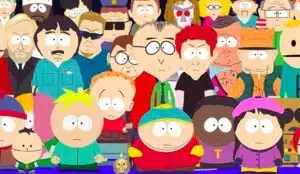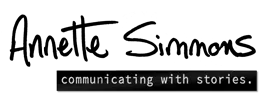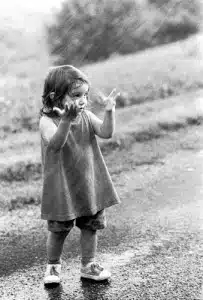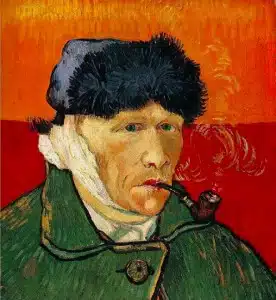
Storytelling Moral Survival System: Part eight (templates)
“And, But, Therefore” Contrast is key to the structure of any story. For example, characters with a recognizable internal struggle provide the most engaging points of reference. It is actually easier to visualize a CEO who takes paternity leave, a hero who stutters, or an enemy who loves dogs than it is to imagine a






